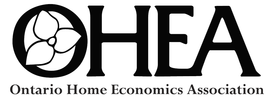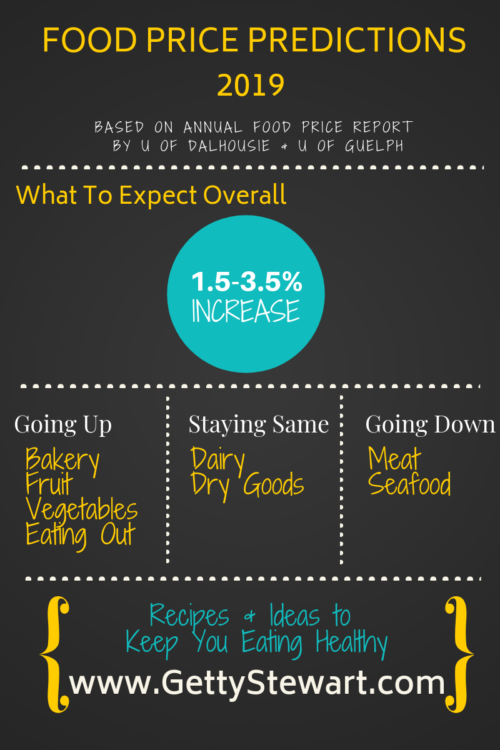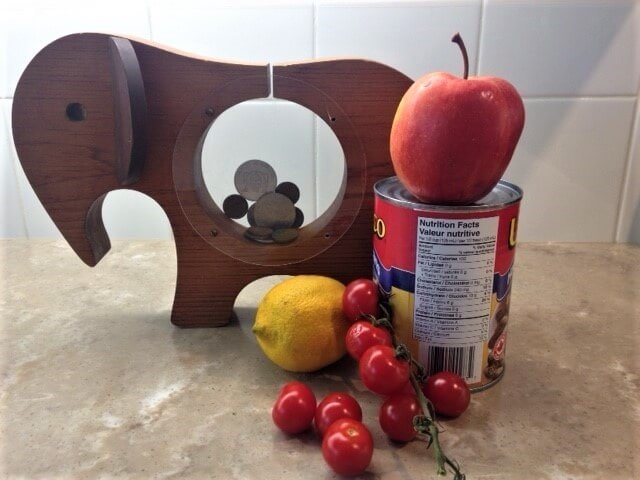|
By: Getty Stewart, P.H.Ec. of www.gettystewart.com
For the original post, please click here The Annual Food Price Report predicts rising food prices for 2019. The annual predictions prepared by a joint group from Dalhousie University and the University of Guelph have just been released and given the political and economic uncertainty across our borders, climate change and general eating trends, most of the predictions don’t come as a surprise
1 Comment
By: Mary Carver, P.H.Ec. It's important to understand how you can plan your meals to help make the most of your budget. Here are some helpful tips from a Professional Home Economist (P.H.Ec.) to help feed your family without breaking the bank:
By: Patricia White, P.H.Ec. Adapted from a previous OHEA media release for the Ask a Professional Home Economists (P.H.Ec.) series. The 10% solution takes the math out of saving and it makes good financial sense. To figure out how much you need to save, simply take your net pay (the amount after deductions) each pay period and ‘drop’ the last digit. For example, if your pay is $600, save $60. What could be easier? While it may sound easy, the personal savings rate for Canadians in the first quarter of 2007 was just 2.6%. This is down 0.7% from the previous year and down significantly from 20% in 1982. Canadians no longer have the ‘rainy day’ cushion to protect themselves from the ups and downs of the economy or personal difficulties. Canadians are doing better than their American neighbours when it comes to paying off credit card balances each month. In 2005, 43% of Americans carried balances compared to 27% of Canadians. However, this indebtedness comes at a cost with interest charges. What can saving do for you?
Once you’ve started the habit of saving, the question is where to put this money. Consider placing one-half of the monthly savings amount into a pension plan that may be matched by your employer or your own retirement savings plan. Save one third in an emergency fund and the remaining portion in another account earmarked for savings. These last two portions can be held short-term in savings and/or money market accounts. The rule of thumb for emergency savings is to have three to six months of household expenditures set aside for unplanned expenses. Start saving now! You will feel better and can watch your money grow. |
The Ontario Home Economics Association, a self-regulating body of professional Home Economists, promotes high professional standards among its members so that they may assist families and individuals to achieve and maintain a desirable quality of life. Categories
All
Archives
April 2024
|
|
Subscribe to our mailing list
|
|
Unsubscribe from our mailing list
|
Copyright © 2023 Ontario Home Economics Association (OHEA). All Rights Reserved.





 RSS Feed
RSS Feed